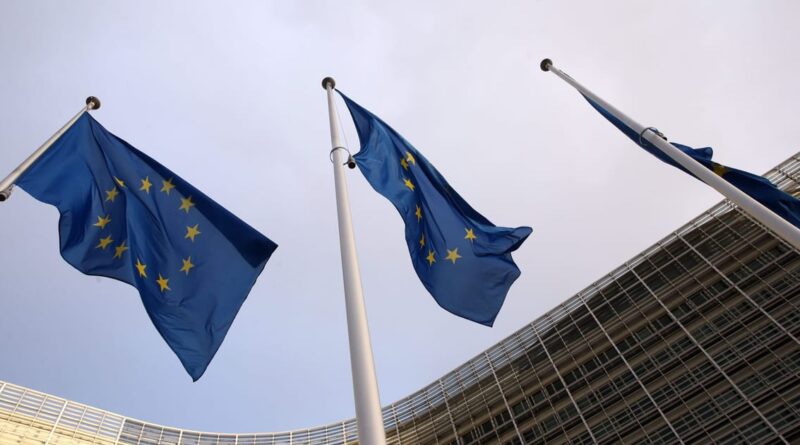6 things that threaten Europe, according to … the EU
BRUSSELS — The EU is thinking bigger.
The European Commission on Thursday unveiled its annual strategic foresight report, setting out its focus for the coming years.
The 21-page document illustrates the EU’s take on where the world is going. It’s also a rough guide to understand the ideology of Commission President Ursula von der Leyen, who still hasn’t indicated whether she intends to continue in her role for another five years.
Spoiler alert: There are no major surprises. The report includes many of Brussels’ favorite words: “open strategic autonomy,” “resilience,” “sustainability,” and “geoeconomics.” The overarching idea is that the EU needs to beef up its autonomy as the golden age of globalization comes to an end. But in so doing, it must push forward its green transition at the cost of €620 billion per year and clamp down on domestic inequality.
POLITICO unpacks the details and answers critical questions about the EU’s big-picture exercise.
1. The return of geopolitics
The world is ever more divided between the West and China — and Europe cannot be a bystander. “The time where liberal democracy was the model of obvious choice is over,” said Commission Vice-President Maroš Šefčovič in a press conference on Thursday when the report was unveiled.
The Commission foresees a “battle of offers” as Europe and the U.S. jostle with Beijing to lure developing nations over to their side. The key takeaway is that the old model of globalization — built on free trade and global supply chains — is gone. Instead, we’re entering a new era of “geoeconomics.” In a nutshell, that means Europe must cut back its strategic dependencies on other countries and instead tap its domestic resources and boost production on the Continent.
2. A sustainable economic model
The EU needs to adapt its capitalist model to a new age where net zero and sustainability are the overarching priorities. Though the Commission’s proposals might freak out hardcore neoliberals, they do reflect a new post-COVID economic consensus where the state plays a larger role. “It [the EU] should also consider how to reduce the tax burden on labour and to shift it to other tax bases less detrimental to growth, also to address inequality in a context of population ageing,” reads the report.
One of the most eye-catching ideas is to consider in GDP estimates noneconomic factors such as life expectancy. Šefčovič indicated that with these new rules, the size of the EU’s economy would exceed that of the U.S., China and India (separately, not combined).
3. Boosting investment
The European Investment Bank (EIB) must scale up its role and cough up the lion’s share of the €620 billion needed to finance the Green Deal and REPowerEU each year. “[It] should provide stronger support to strategic investments relevant to the two [digital and green] transitions such as raw materials, green tech or biotechnology, especially for cutting-edge projects,” reads the report.
The document is thin on details — but senior officials told Playbook that one way to achieve this would be to review the EIB’s mandate and expand its role.
4. A more skilled workforce
The EU’s workforce is more educated than ever — but new industries are struggling to fill vacancies. Problems include a mismatch in skills, rising numbers of low-quality jobs, and too few women studying STEM subjects.
5. Too much inequality
Life is getting tougher for lower-income workers, who are bearing the brunt of climate change while paying more for food, and other goods and services. To make matters worse, inequality among EU countries is increasing, not to mention the wealth gap between young and old.
Record levels of wealth concentration are stifling social mobility and fueling political polarization. The answer? More redistribution, according to the report.
6. Crisis of democracy
It is pretty rare for EU officials to analyze political headwinds — but that’s exactly what they do in the final section of the report. The argument is not exactly original: Polarization and disinformation are pushing EU voters towards populist parties. And for that, there is no easy solution.




